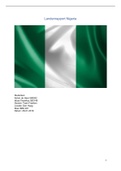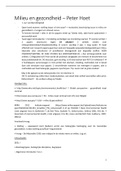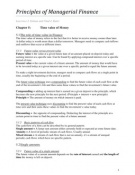College aantekeningen
Pearsons BTEC Sport (D* Revision) - Unit 1 Anatomy and Physiology
- Vak
- Instelling
- Boek
This document covers all the content needed to complete the Pearson's BTEC Unit 1 Anatomy and Physiology Exam. The revision has been produced for a Distinction Star Student this year!
[Meer zien]








